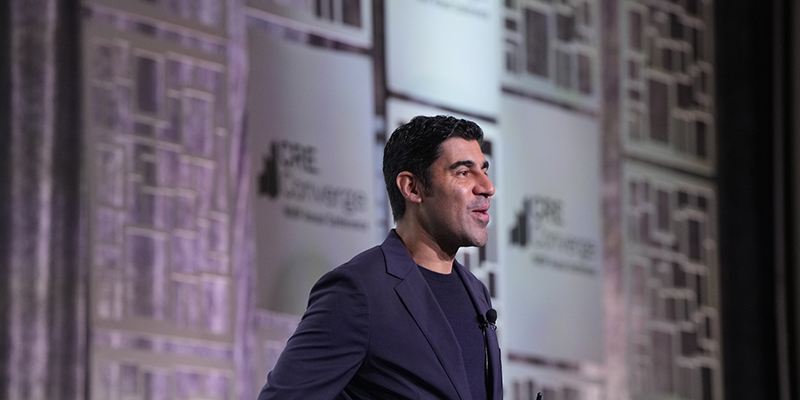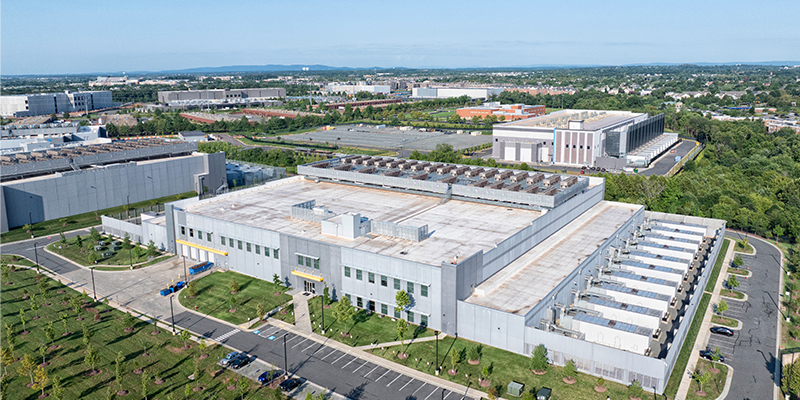By Renee Sylvestre-Williams
Commercial real estate has faced challenges in the last year due to an uncertain macroeconomic environment and demographic shifts, said Peter Norman, vice president and economic strategist, Altus Group, at NAIOP’s CRE.Converge conference this week in Toronto.
Norman says it’s important for the Canadian CRE sector to be recognized as a huge economic contributor to the country’s economy. It generated $342.3 billion in economic activity and contributed $172.5 billion to GDP in 2024. It also supports about 1 million jobs, “To put that a little bit into perspective, it’s tantamount to the oil and gas sector in Canada,” he says.
Population growth is a key driver of CRE demand, he said. Growth has slowed after a post-COVID-19 pandemic surge, with the federal government significantly reducing the number of new permanent resident immigration, work and study permit policies. This action indicates slow or negative growth in the next three to five years.
This slowdown creates turmoil that impacts labor supply, housing markets, retail and commercial real estate demand. While the residential resale market is performing better, overall, people are waiting. “From a psychological perspective consumers in the early part of the year were sitting back to see where things were going” he says. “Now some of it is because we have slower job growth and job uncertainty, which affects the housing market.”
Additionally, Norman said trade tensions and tariffs have disrupted economic growth, causing GDP contractions and fluctuating forecasts.
There are approximately 800 million square feet of CRE space available in Canada, with 100 million of it obsolete, said Norman. While this sounds like a lot of space, Norman noted that the inventory is quite low even before return-to-office mandates from many companies and the government.
To maximize the economic power of this square footage over the next three to five years, Norman said that governments need to remove the obsolete space, converting it into housing or redeveloping it into other usable options.
This isn’t easy, Norman admitted, noting reticence from municipalities, mostly in Ontario and elsewhere across the country. Additional factors that stop conversions from happening are current infrastructure challenges that don’t allow for easy conversion from office to residential, as well as the cost to acquire the buildings.
Both retail and residential sectors are expected to slow down over the next few years. “In general, apartment rental [numbers] do depend on young people,” Norman pointed out. “Ages 20 to 34 is our slowest growth demographic in the next 10 to 15 years, and that will have some impact.” He said as the population adjusts, there might be a short-term risk of over-building in the apartment and retail sectors.
Norman touched briefly on the industrial sector, stating that there has been a steady increase in capital investment along with a transition to distribution and logistics, along with growth in niche areas like data centers and cold storage. Manufacturing and assembly remain flat when it comes to new investment.
Overall, Norman’s outlook is that Canada is performing relatively well. CRE is not overbuilt even with recent development, and he noted there has been significant restructuring the last five years that provides opportunities going forward.

This post is brought to you by JLL, the social media and conference blog sponsor of NAIOP’s CRE.Converge 2025. Learn more about JLL at www.us.jll.com or www.jll.ca.







